CONTENTS
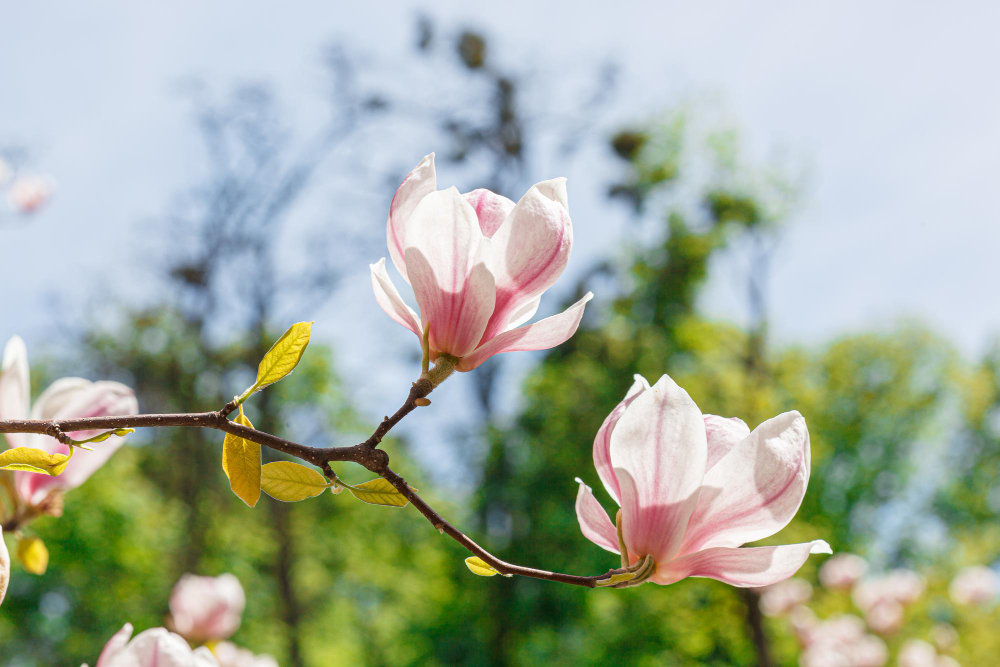
How to Plant a Magnolia Tree for Lasting Beauty
The beauty of our garden has the power to elevate our mood in all our activities. With an improved mood, you can boost productivity or enjoy better relaxation.
While the best flowers definitely belong in your outdoor space, why don’t you try to grow Magnolia trees, too?
Magnolia trees, known for their majestic blooms and graceful presence, can add a touch of elegance and timelessness to your outdoor oasis. They will make your house garden look amazing, making it a genuinely enchanting retreat for residents and visitors alike.
If you’re curious about how to plant a Magnolia tree, continue reading this article!
Magnolia Tree Varieties
Magnolia trees encompass a range of captivating varieties, each with distinct characteristics and allure. Let’s explore some of the most enchanting magnolia tree varieties:
Japanese Magnolia
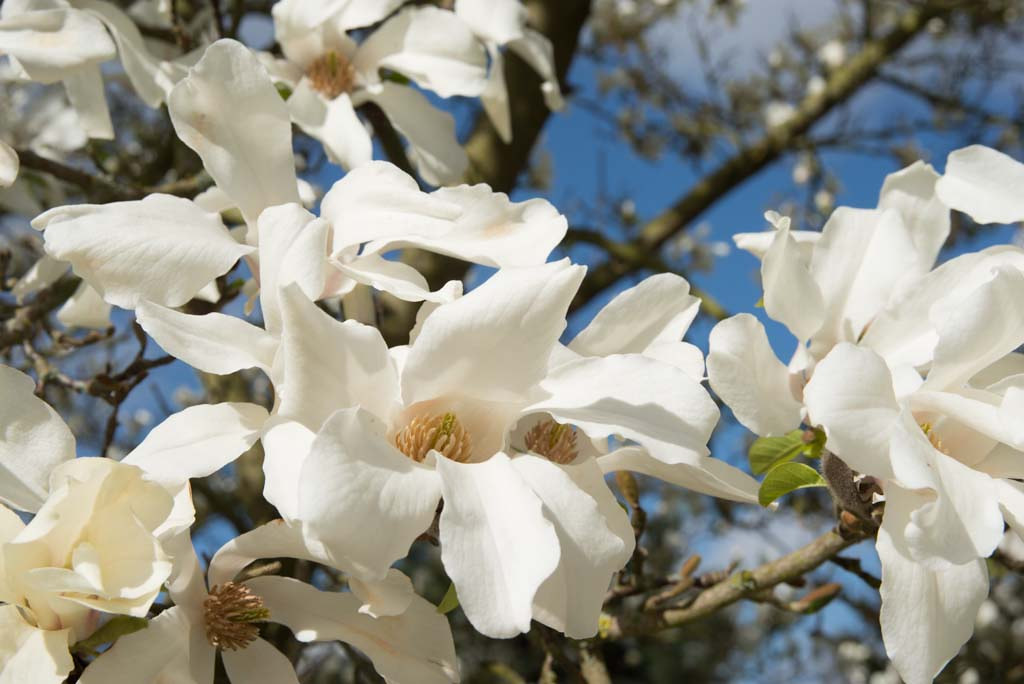
The Japanese Magnolia, scientifically known as Magnolia kobus, graces gardens with its early spring blooms, painting the landscape with shades of pink and white.
Its delicate fragrance and star-shaped flowers make it a favorite among gardening enthusiasts seeking an early burst of color and charm.
Sweet Bay Magnolia
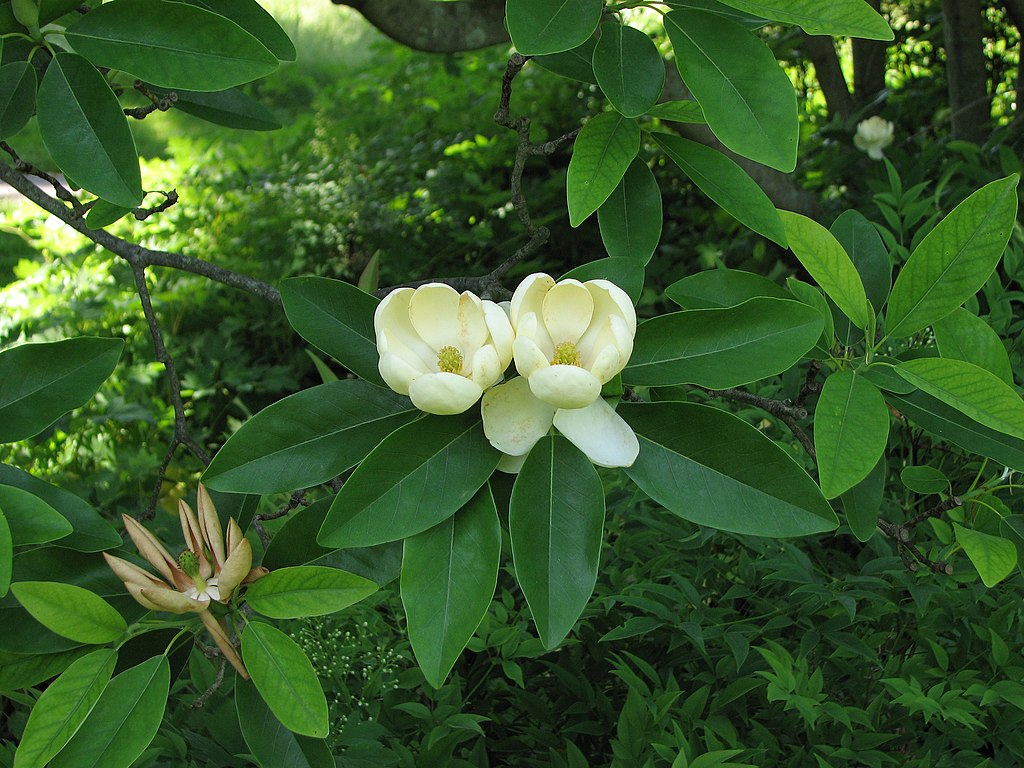
The Sweet Bay Magnolia, or Magnolia virginiana, boasts glossy green leaves and creamy-white, lemon-scented blossoms. This evergreen or semi-evergreen tree thrives in moist conditions, making it a splendid choice for water gardens or near ponds.
Southern Magnolia Tree
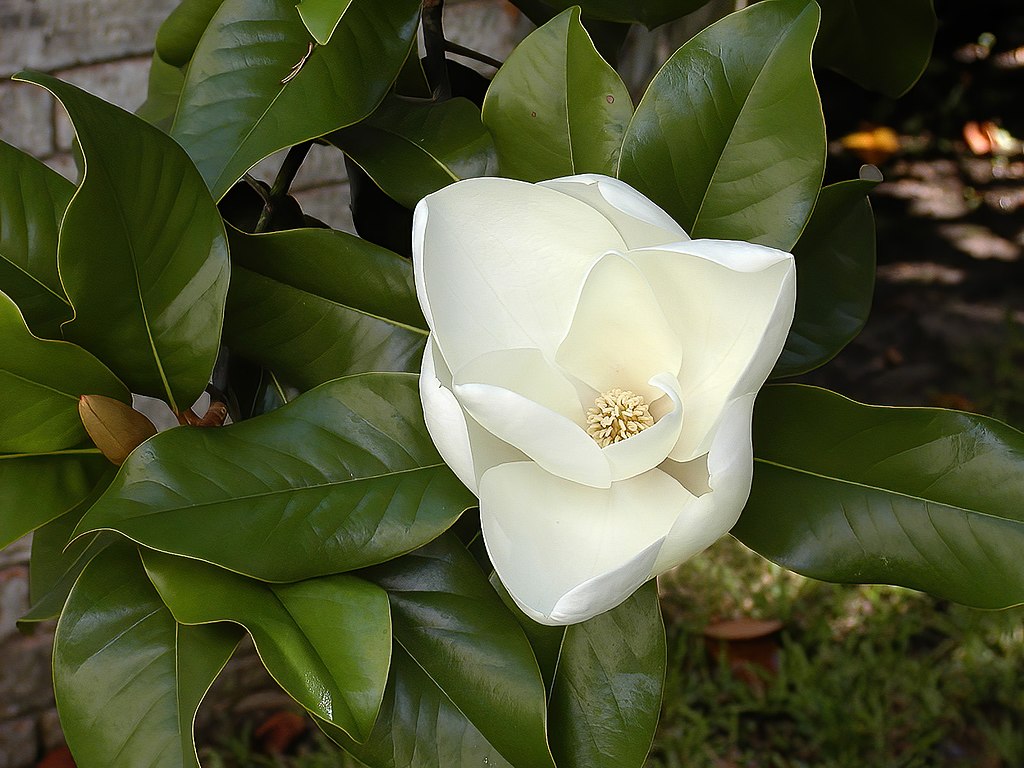
The Southern Magnolia Tree, which has the scientific name Magnolia grandiflora, shows classic beauty with its big, sweet-smelling white flowers. These well-known flowers have added beauty to the southern United States for a long time, making people feel nostalgic and graceful.
Star Magnolia
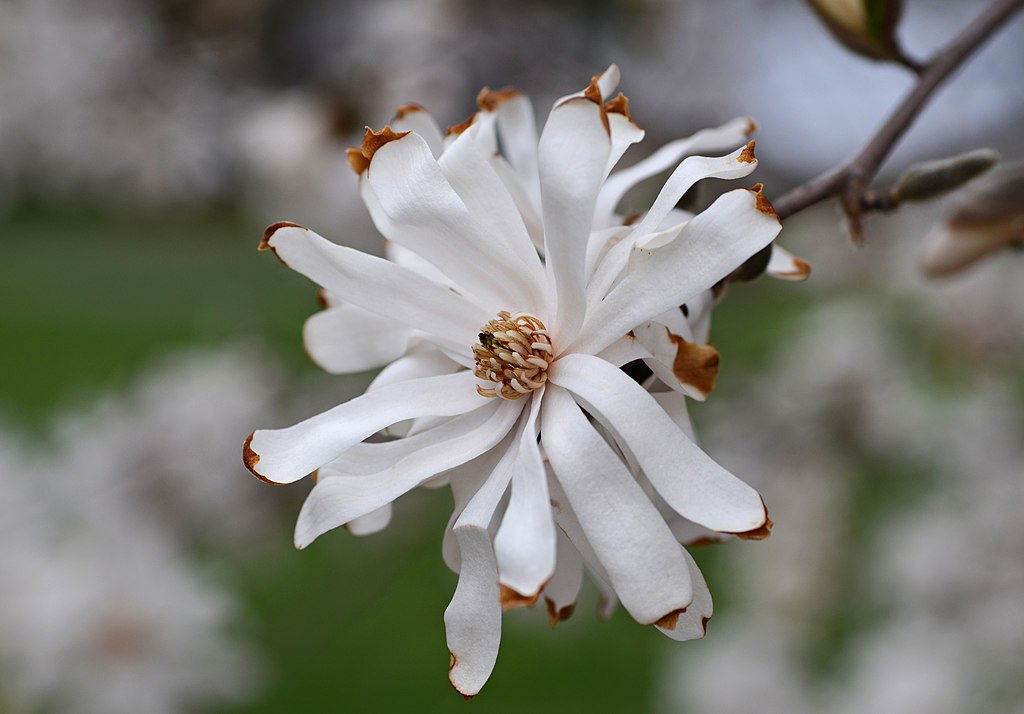
The Star Magnolias, Magnolia stellata, grace gardens with their delicate star-shaped flowers that bloom in early spring. Its compact size makes it suitable for smaller spaces, while its white or pink blooms create a captivating spectacle.
Things to Consider When Planting Magnolia Tree
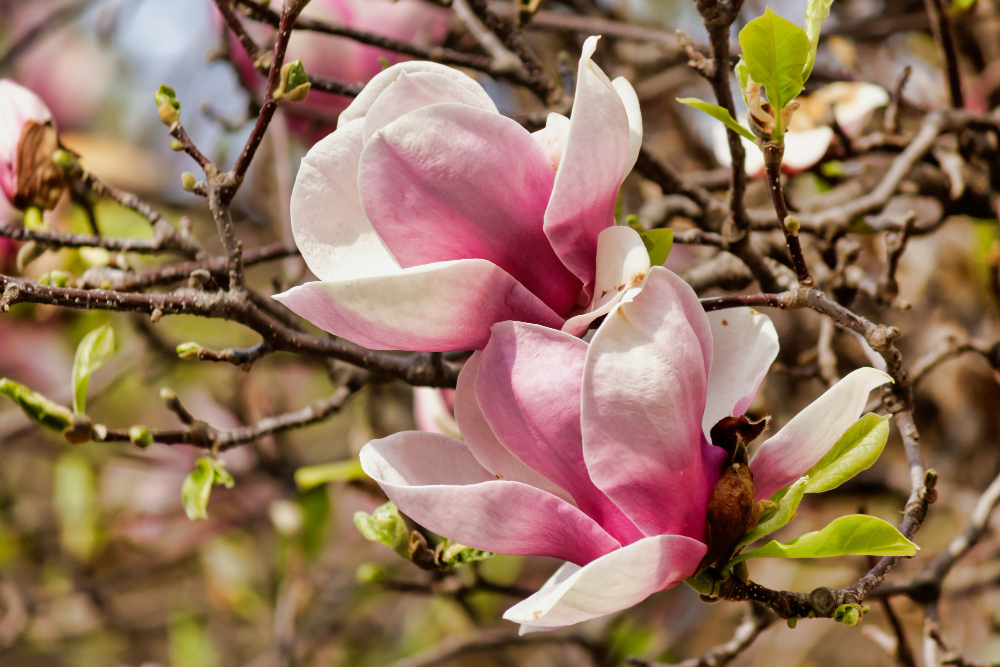
Planting a magnolia tree requires careful consideration to ensure its growth and beauty thrive. Let’s explore key factors to keep in mind:
Space
When picking a place, think about how big the tree will get in the future. Magnolia trees can be small or tall, so find a spot where they can grow well without taking up too much space and squishing other plants in the planting hole.
Soil
Magnolias prefers the surrounding soil to be well-draining and slightly acidic. Adding organic material to the soil helps create an ideal place for strong root growth.
Sun Skies
Most magnolias thrive in full sun to partial shade. Ensure your chosen location receives adequate sunlight for optimal growth and flowering.
Hot/cold
Consider your climate when choosing a magnolia variety. Some are more cold-hardy, while others thrive in warmer regions. Choose a variety that suits your local weather conditions.
Bloom Season
Different magnolia varieties, with their exquisite flower buds and flowers, bloom at various times – from early spring to summer. Choose a variety that aligns with your desired bloom season to enjoy the sight of white or pink flowers blooming in your garden.
Planting Process
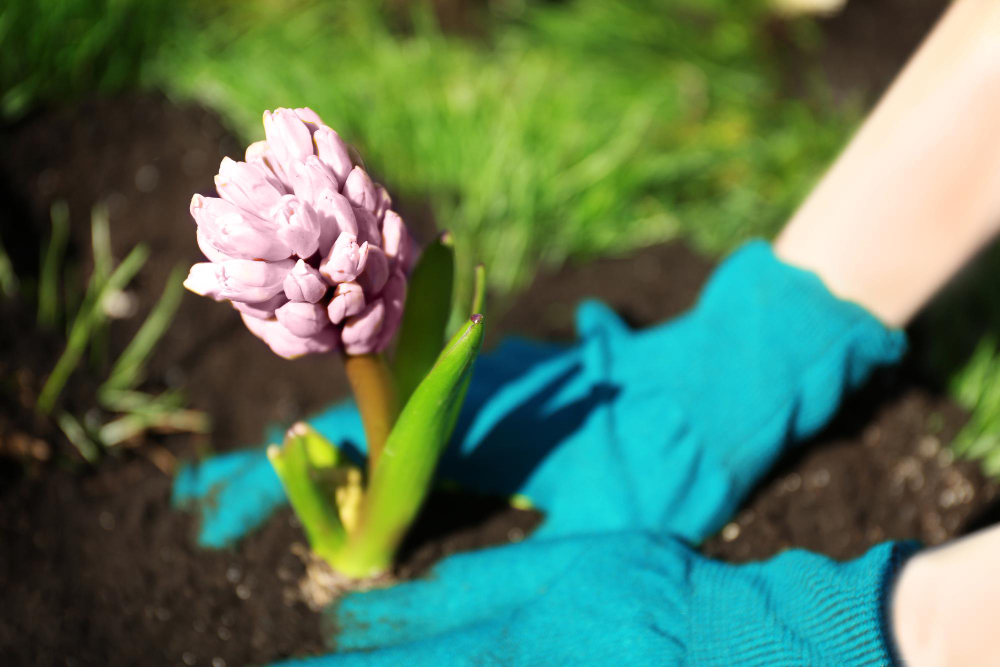
Planting a magnolia tree is a rewarding endeavor that requires attention to detail. If you want to know how to plant a Magnolia tree, follow these steps for a successful planting process:
- Choose the Right Spot: Select a location with appropriate sunlight and soil conditions for the chosen magnolia variety.
- Dig the Hole: Dig a hole slightly larger than the tree’s root ball. The hole should be deep enough to accommodate the root system.
- Prepare the Soil: Mix organic matter into the soil to enhance drainage and nutrient retention.
- Plant the Tree: Place the magnolia tree in the hole, ensuring the top of the root ball is level with the soil surface.
- Backfill and Water: Gently backfill the hole with soil, tamping it down to remove air pockets. Water thoroughly to settle the soil around the roots.
- Mulch and Maintain: Apply a layer of mulch around the base of the tree to retain moisture and suppress weeds. Water regularly and provide appropriate care based on the magnolia variety.
Frequently Asked Questions
How Fast Do Magnolia Trees Grow?
Magnolia trees can grow at different speeds, depending on the tree’s kind and how they’re taken care of. Usually, they can get taller by about 1 to 2 feet every year. But things like the quality of the soil they’re in, how much sunlight they get, and the weather can all affect how quickly they grow, especially for fast-growing trees.
Can You Grow a Magnolia Tree Indoors?
Magnolia trees can be grown outdoors or, in the case of smaller varieties like the Star Magnolia, in large containers and brought indoors during colder periods. Ensure proper sunlight and care for successful indoor growth. However, trees like Evergreen magnolias are a better choice for outdoor growth as they remain green all year and can brighten any garden.
Do Magnolia Trees Need To Be Staked?
Young magnolia tree may benefit from staking to provide support against strong winds or during their establishment phase. However, as they mature, staking is generally not necessary unless the tree is in an area prone to extreme weather.
Conclusion
The addition of Magnolia trees to your garden is a decision that promises to reward you with a timeless and captivating outdoor sanctuary. With various options available and the fact that you’ve learned how to plant a Magnolia tree, are you interested in growing some? Go ahead and explore the possibilities!
With the proper selection, planting process, and care, your Magnolia tree can become a beautiful addition to your yard, providing you with years of enjoyment.
Happy gardening!

